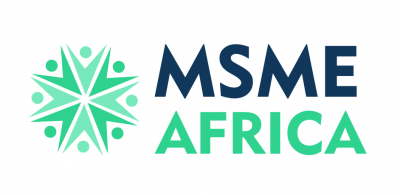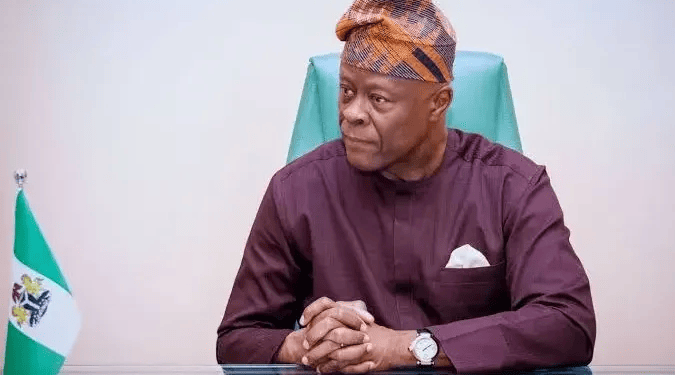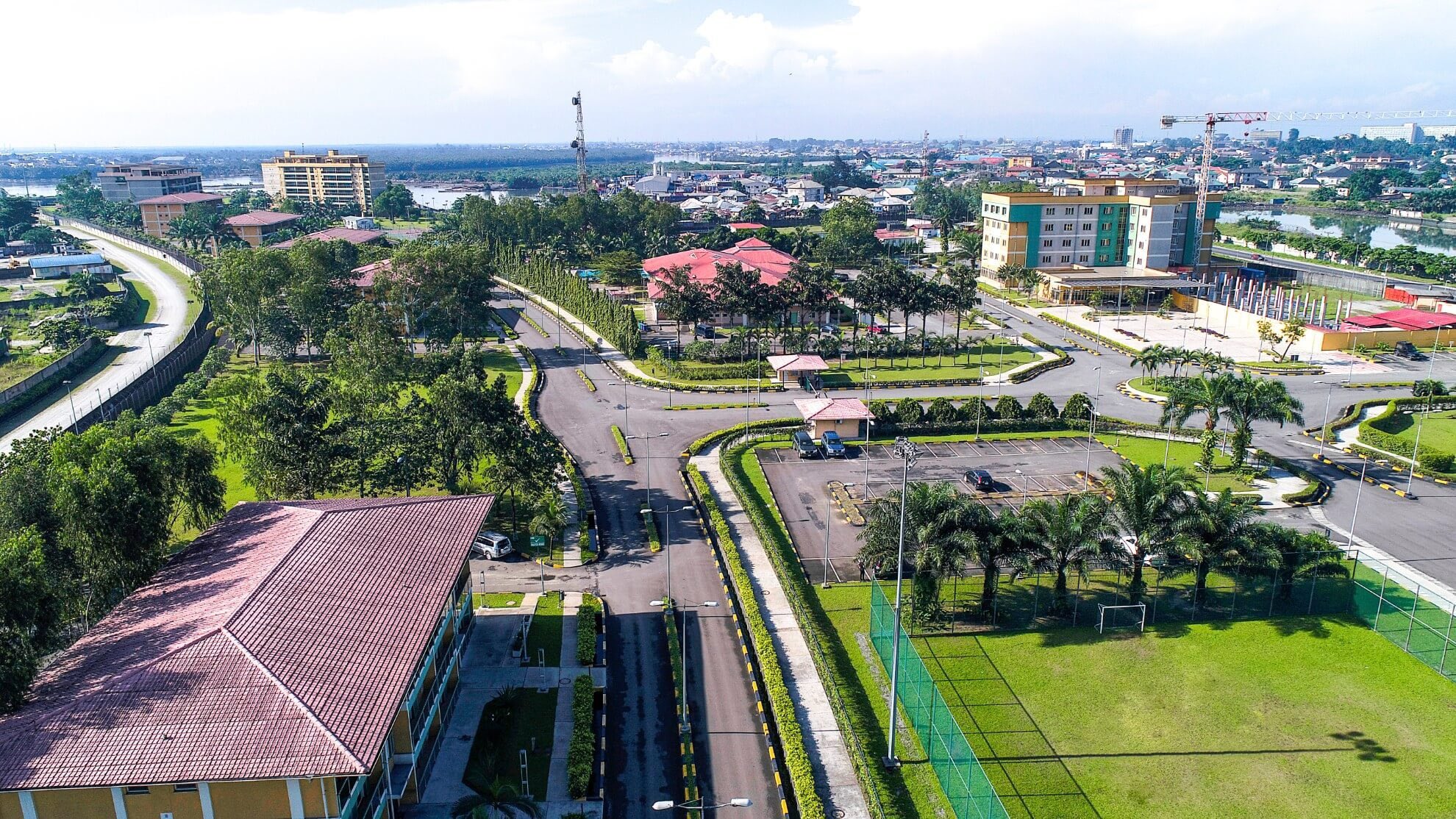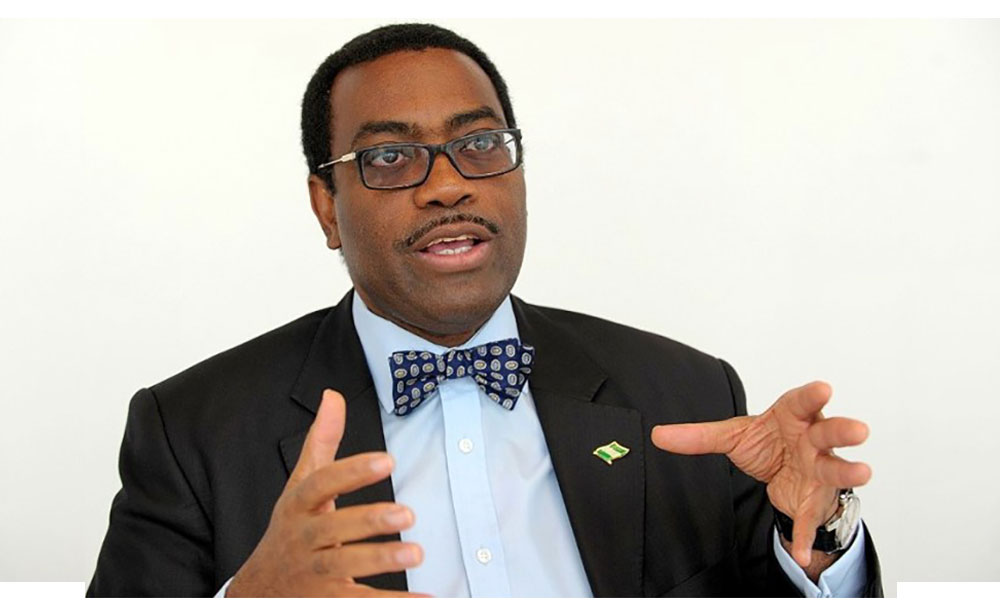The Federal Government has launched the Federal Treasury Receipt (FTR), a new digital reform designed to close revenue leakages and enhance fiscal transparency across its payment systems.
The initiative introduces a single, standardised, and digitally verifiable proof of payment for all transactions made into federal accounts. It ensures that every government-issued receipt is directly traceable to the actual funds received by the Treasury, marking a decisive step toward tightening financial controls and eliminating loopholes that have long weakened revenue accountability.
According to the Ministry of Finance, the FTR rollout coincides with the Central Billing System (CBS), which standardises the pricing and billing of government services. Both platforms operate under a broader digital framework known as the Revenue Optimisation and Assurance Platform (RevOp), a comprehensive ecosystem that became operational on August 1, 2025.
The Finance Ministry explained that RevOp offers real-time visibility into revenue inflows from ministries, departments, and agencies (MDAs). It enables automated reconciliation and settlement between the Treasury and revenue-generating bodies, with the primary goal being “to ensure every naira due to the Federation is captured, reconciled, and accounted for.”
If effectively implemented, the new system could significantly reshape Nigeria’s fiscal landscape. The introduction of digital receipts is expected to reduce unrecorded inflows, strengthen audit trails, and boost public confidence in government transactions. Transparent verification of payments could also encourage voluntary tax compliance, a crucial step for a country where the tax-to-GDP ratio remains below 10 percent.
The International Monetary Fund (IMF), in its 2025 Article IV consultation, once again urged Nigeria to broaden its tax base, enhance collection efficiency, and expand digital oversight, objectives the FTR, CBS, and RevOp directly address. Over time, curbing revenue leakages could create more fiscal space for critical investments in infrastructure, education, and healthcare, while stronger non-oil revenue streams would reduce the country’s dependence on crude oil.
The Treasury Single Account (TSA), introduced in 2015, laid the groundwork for consolidating federal revenues. However, it fell short of addressing the full revenue chain, particularly in the areas of receipt verification and service pricing. Despite subsequent reforms in tax administration, issues such as weak compliance, manual processes, and poor digital integration persisted.
In August 2025, the government also directed the Revenue Mobilisation, Allocation and Fiscal Commission (RMAFC) to revise the revenue-sharing formula , a move that reflects the broader fiscal reforms now being pursued to strengthen both collection and equitable distribution.
The Finance Ministry confirmed that a 30-day pilot of the FTR system has begun across ten federal agencies, focusing on compliance testing, infrastructure readiness, and stakeholder adoption. A nationwide rollout will follow after a successful evaluation.
This pilot phase also coincides with preparations for the launch of the Nigeria Revenue Service (NRS) in January 2026, which is expected to unify revenue administration under a single central authority. However, experts caution that the success of the reform will depend on the full digital adoption by MDAs and the ability of Nigeria’s ICT infrastructure to support real-time nationwide monitoring.
Overall, the Federal Treasury Receipt reform signals a critical moment in Nigeria’s digital governance drive, one that could redefine public finance management and strengthen trust in how government revenue is collected and accounted for.










